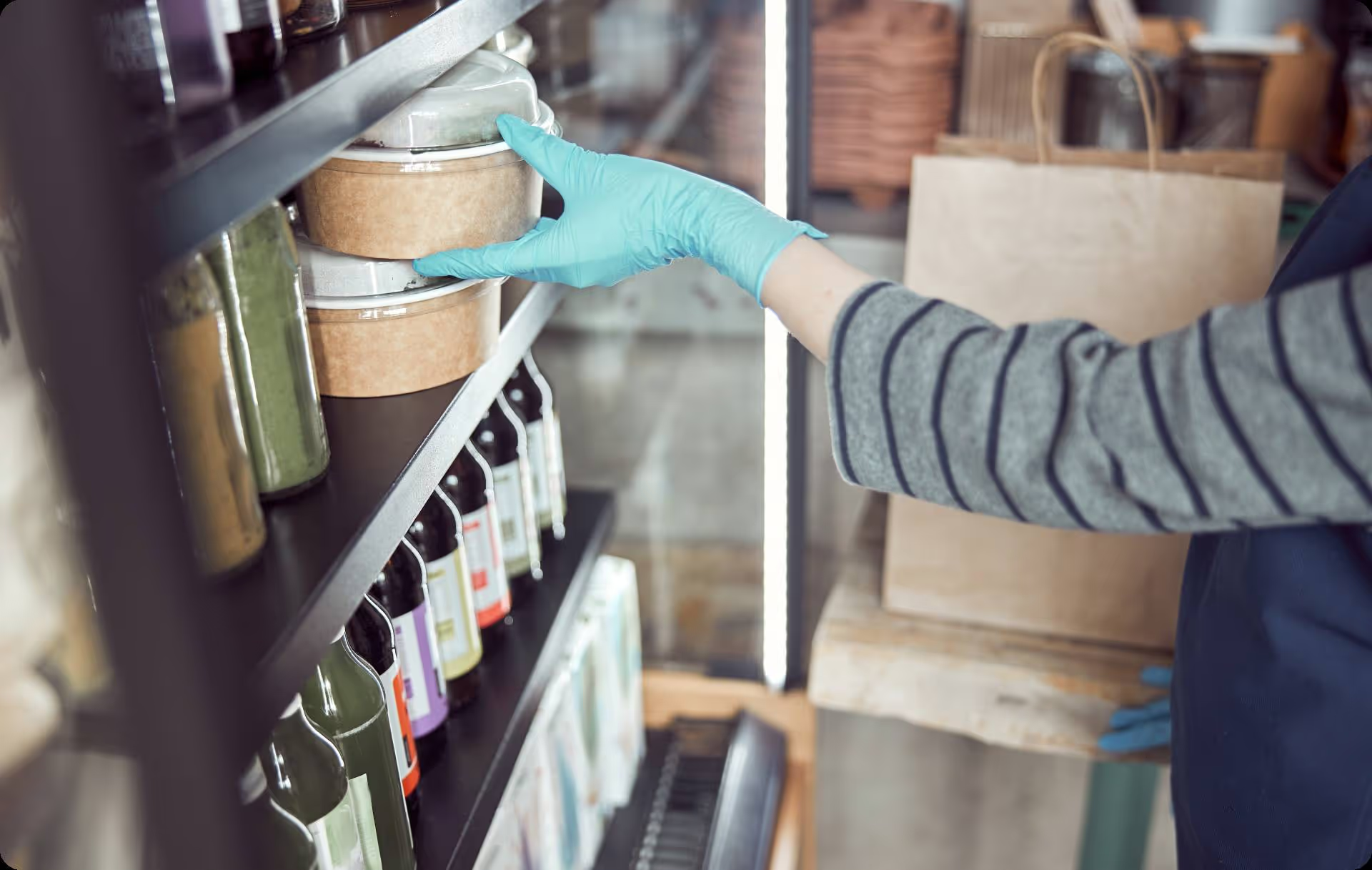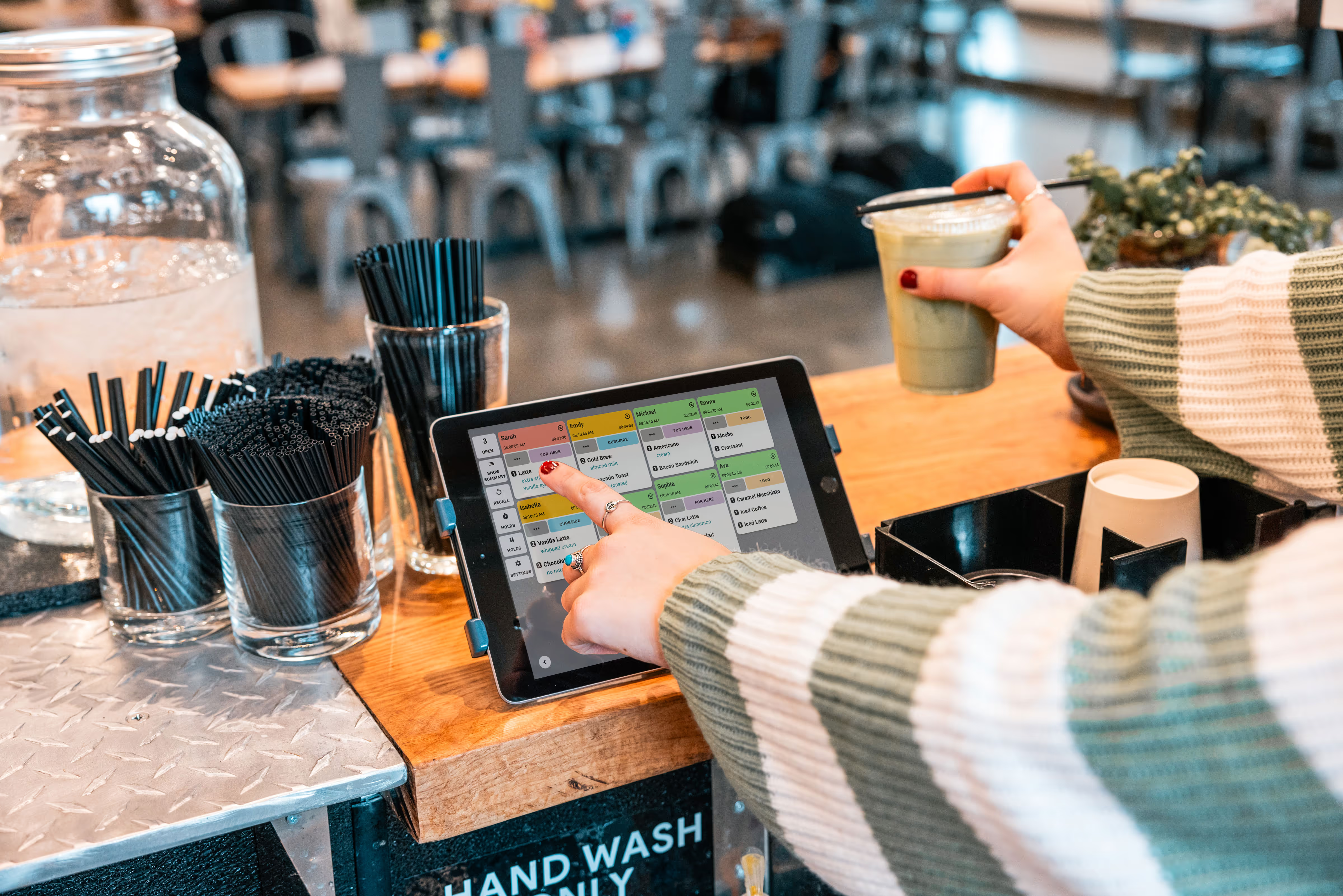Look, I'll be honest with you—inventory management in a restaurant kitchen isn't exactly the sexiest topic in the culinary world. Nobody dreams of opening a restaurant so they can count tomatoes at 11 PM on a Tuesday. But here's the thing: master your inventory game, and suddenly you're not bleeding money on spoiled produce or scrambling because you're three steaks short during Saturday dinner rush.
I've seen brilliant chefs with Michelin-level talent close their doors because they couldn't figure out the unsexy business of tracking what comes in and what goes out. And I've watched seemingly average spots print money because they nailed the fundamentals. So yeah, inventory management matters—a lot.
The restaurant industry loses roughly 4-10% of food purchases to waste before it even reaches a customer's plate. That's not just environmental negligence; that's pure profit walking straight into the dumpster. Modern restaurateurs are increasingly turning to technology to plug these financial hemorrhages, and for good reason.

How Do Restaurants Actually Manage Their Inventory?
Most restaurants use a combination of old-school discipline and new-school technology. The specifics vary wildly depending on whether you're running a food truck or a 200-seat operation, but the principles remain consistent.
At its core, restaurant inventory management is about tracking three things: what you have, what you need, and what you're using. Simple in theory, maddeningly complex in practice—especially when you're juggling 200+ ingredients across multiple storage locations while your sous chef insists you're out of shallots (you're not, they're just behind the celery).
The Four Types of Inventory Management
Periodic Inventory Management is the classic "count everything weekly" approach. You physically count stock at set intervals—usually weekly or monthly. It's low-tech, reliable, and perfect for smaller operations. The downside? You're flying somewhat blind between counts.
Perpetual Inventory Management tracks every item in real-time as it enters and leaves your kitchen. Every delivery gets logged, every dish sold gets deducted. It's more accurate but demands serious discipline (and usually software). Research shows that real-time data significantly optimizes restaurant operations.
Just-In-Time (JIT) Management is the high-wire act of inventory systems. You order precisely what you need, exactly when you need it. When it works, you minimize storage costs and waste. When it fails, you're 86-ing half your menu on a Friday night.
ABC Analysis categorizes inventory by importance and value. Your "A" items are high-value ingredients that need constant attention (think prime beef or fresh seafood). "B" items are moderate value. "C" items are low-cost staples you can afford to over-order slightly.

The 5 Essential Steps of Inventory Management
Think of inventory management as a continuous loop, not a one-time task. Here's the cycle that keeps successful kitchens running smoothly:
1. Ordering and Receiving — This is where most restaurants start losing money without realizing it. You need standardized purchase orders, trusted supplier relationships, and someone who actually checks deliveries against invoices.
2. Storage and Organization — Everything needs a home, a label, and a date. Use the FIFO method (First In, First Out) religiously. New stock goes behind old stock, every single time.
3. Tracking and Monitoring — Count what you have and compare it to what you should have according to your records. Advanced systems now use IoT sensors and smart technology to automate much of this monitoring.
4. Usage and Portioning — Every dish that leaves your kitchen should use precisely measured ingredients. Portion control isn't about being stingy—it's about consistency and cost management.
5. Analysis and Adjustment — Review your inventory reports weekly. Which items have high waste? Which dishes have terrible food cost percentages? Adjust accordingly.
What Are the Three Techniques to Control Inventory?
Want to actually control what's happening in your kitchen instead of just documenting the chaos? Focus on these three proven approaches:
The 30/30/30 Rule
Here's a framework that's saved countless restaurants: check your top 30 items every 30 days and aim to reduce variance to under 30%. Your top-moving ingredients deserve disproportionate attention because that's where the money is.
This rule forces you to focus. Instead of drowning in data from 500 line items, you zero in on the products that actually move the financial needle.
Par Level Systems
Par levels are the backbone of smart ordering. For each ingredient, establish a minimum quantity (when you reorder) and a maximum quantity (how much to order). Get this right, and you'll never over-order portobello mushrooms that turn slimy before service again.
Setting pars requires analyzing your actual usage patterns, not guessing. Track how much you use during your slowest and busiest periods, factor in lead times from suppliers, and build in a small safety buffer.
The Inventory Turnover Ratio
This metric tells you how many times you completely cycle through your inventory in a given period. Calculate it by dividing your cost of goods sold by your average inventory value.
A higher turnover generally means you're running lean and fresh. Too high, though, and you risk stock-outs. Too low, and you're tying up cash in aging inventory. Most restaurants should target 4-12 turns per month depending on their concept.
How Much Inventory Should a Restaurant Have?
Here's the financial reality: inventory is cash that's not in your bank account. The less you can carry while still operating smoothly, the healthier your cash flow.
The target range: 5-7 days of inventory for most restaurants. Calculate this by dividing your current inventory value by your average daily COGS.
Example: You're carrying $12,000 in inventory and your average daily COGS is $2,000. That's 6 days of inventory—right in the sweet spot.
Fine dining with specialty ingredients might push to 7-10 days. High-volume fast casual with frequent deliveries might operate on 3-5 days. Food trucks sometimes run on just 1-2 days.
What Is FIFO and Why Does It Matter?
FIFO (First In, First Out) means you use older inventory before newer inventory. This is the only acceptable method for restaurant inventory because food is perishable.
When Tuesday's produce delivery arrives, it goes behind Monday's delivery in the walk-in. You use Monday's first, preventing spoilage. It seems obvious, but I've watched countless kitchens lose thousands because staff take the easy-to-reach new box instead of pulling the older one from the back.
FIFO isn't optional. It's mandatory. Make it a training priority, enforce it religiously, and build your storage systems to make it the natural, easy choice.

The Simplest Way to Manage Inventory
Want the no-frills, actually-achievable approach that delivers 80% of the results with 20% of the effort?
1. Count your top 20 items weekly. Set a recurring calendar appointment. Same day, same time, no excuses.
2. Track everything on a simple spreadsheet. Opening inventory + purchases - closing inventory = usage. Compare usage to what you should have used based on sales.
3. Date absolutely everything with blue tape and a marker. This single habit prevents more waste than any fancy software.
4. Set reorder points for your top items. When you hit 2-3 days of supply remaining, order more.
5. Spot-check high-theft items daily. Takes two minutes. Prevents thousands in losses.
That's it. No complicated software, no 47-step processes. Just consistent execution of basic fundamentals.
How to Calculate COGS and Why It Matters
COGS (Cost of Goods Sold) is the financial metric that ties your inventory directly to profitability:
COGS = Beginning Inventory + Purchases - Ending Inventory
Let's say you started the month with $8,000 in inventory, purchased $25,000 in product, and ended with $7,000 remaining. Your COGS would be $8,000 + $25,000 - $7,000 = $26,000.
Your COGS percentage is COGS divided by sales. If you sold $80,000 that month, your COGS percentage is 32.5%. Most restaurants target 28-35% COGS, depending on concept.
Why does this matter? Because accurate inventory counts directly affect your COGS calculation, which determines whether you're actually profitable. Sloppy inventory = bad financial data = poor business decisions.
How Often Should You Do Inventory?
Full physical inventory: Weekly, minimum. Most well-managed restaurants do this every Sunday night or Monday morning.
Partial inventory (top 30 items): Three times weekly or even daily for ultra-high-volume operations.
Spot checks on high-value items: Daily. Takes 5 minutes to verify you still have the right amount of ribeyes and salmon.
More frequent counting sounds tedious, but it actually makes each count faster because there's less change to document. The cost of not counting regularly? Invisible losses that destroy profitability.
Who's Responsible for Inventory?
Ultimate responsibility should rest with one person who has both operational knowledge and business acumen. This is typically the Chef/Kitchen Manager in smaller operations, the General Manager in medium restaurants, or a dedicated Inventory Manager in larger operations.
But here's the catch: while one person is ultimately accountable, everyone in the kitchen affects inventory through their daily actions. The line cook who over-portions. The prep cook who leaves the walk-in door ajar. The dishwasher who scrapes usable food into the trash.
Make inventory everyone's business by sharing results. Post a weekly number showing food cost percentage and waste. When the team sees improvement, they take ownership.

The Bottom Line
Running a restaurant is hard enough without shooting yourself in the foot through inventory mismanagement. You're never going to achieve perfect zero waste with zero stock-outs—that's not the goal.
The goal is continuous improvement: waste a little less this month than last month, run out of key items less frequently, make ordering decisions based on data instead of gut feel.
Start simple. Pick one thing from this guide—maybe it's implementing FIFO religiously, maybe it's setting par levels for your top 20 items, maybe it's just counting your inventory weekly. Master that one thing, then add the next.
The restaurants that win aren't necessarily the ones with the best food. They're the ones that combine good food with solid business fundamentals. And inventory management sits at the heart of those fundamentals.
Your tomatoes aren't going to count themselves. Put in the work—unsexy, tedious, spreadsheet-laden work—and you'll find money you didn't know you were losing.
Ready to level up your restaurant operations? Start by conducting a complete inventory count this week, then track your top 30 items for 30 days. The numbers will tell you exactly where to focus your improvement efforts.






.png)




.webp)


